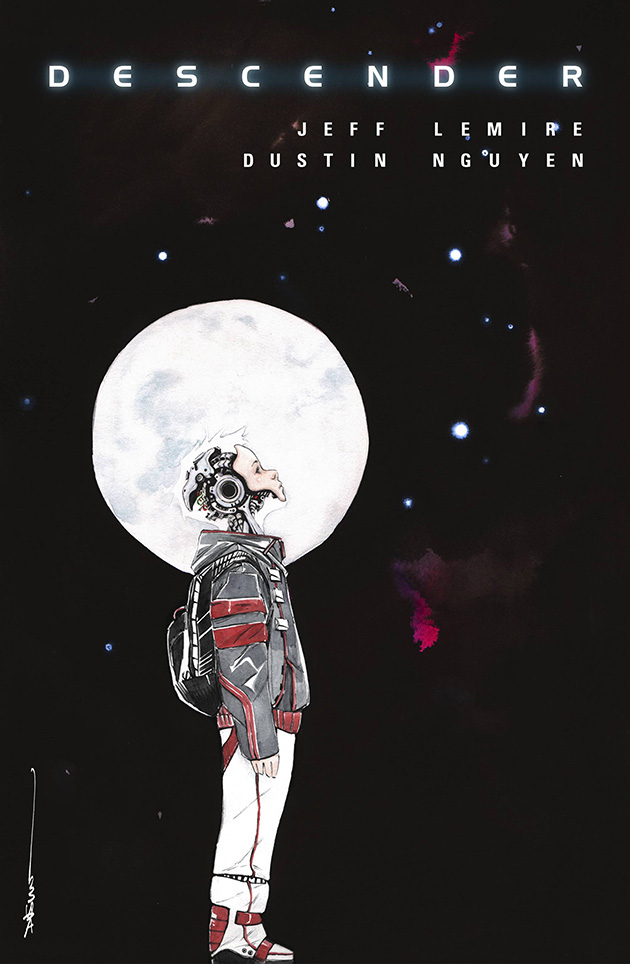Black River, Josh Simmons
Eight years after his last full length graphic novel House, Josh Simmons is back with Black River – a story set in a post-apocalyptic world. Here, it is close to impossible for anyone to feel normal or even safe. With the characters mostly based on people Simmons knows, his sense of humour acts up when he christens the leader of the gang after a porn star of the 1970s, Seka. However, it is safe to conclude that Simmons restricts the humour only to this and the cartoonish illustrations. By involving themes of sexual violence, drug abuse, misandry and misogyny in the book, he creates a bleak world that depicts the horrors of being a woman trying to survive an apocalypse.
As a group of women, a man, and a dog make their way through wasted landscapes in search of hope (in the form of a city that can still be considered to be civilised), the 112-page graphic novel brings to life four major narrative sequences and a world that is ruthless, angry, insane and rather scary. Entirely in black inks, Simmons’ line work brings to life debris of destroyed cities in all its morbid glory.
Although the book is close to perfect, its title has confused readers ever since its release. After all, even though there are painstakingly detailed skies that keep the characters company, the Black River is entirely absent. Named by cartoonist Sammy Harkham, who also designed the book, the thought behind indicates a long and winding journey, much like a river’s.

The Wicked + The Divine, Kieron Gillen, Jamie McKelvie, Clayton Clowes and Matt Wilson
What was introduced as the life of a young groupie last year has quickly switched side and headed straight towards life behind the scenes in 2015. This series introduces us to some of our favourite musicians – but with a twist in the plot. A pantheon of gods who are incarnated every century as the greatest "artists" of the time, in the 21st century, take form of pop stars. But as the 12 members of the pantheon realise their divinity, they also realise that aren’t immortal – they have only two years to live till they rise again 90 years later.
In a series about a group of gods who are living the life of the most successful musicians of our generation, one does not really expect anything more than the life of sheer indulgence. But in this homage to musical legends, the creators have done more than guiding us through a brilliant orchestration of ideas, art and lettering. They have made us realise that gods are not creatures who we have been taught to worship from afar... they are in ways more human than you expect them to be. They are not above anger, fear, defeat and death and they are not aloof to love, kindness and patience. This series also answers a question many of us have had for quite a while now – David Bowie truly is a god.

The Thrilling Adventures of Lovelace and Babbage: The (Mostly) True Story of the First Computer, Sydney Padua
Augusta Ada Byron King had a rather strange upbringing for an aristocratic girl. Taught the complexities of maths and science, she grew up to embrace a world that was unexpectedly beautiful. And it was during her teenage years that she met engineer and inventor Charles Babbage. After studying advanced mathematics with Babbage’s guidance, she was fascinated by the difference engine.
But it was only when she was translating an article on Babbage’s analytic engine that she introduced to the world of her own thoughts. The thoughts that added thrice as much insight to the subject than the original article – making a lot of people consider her the world’s first computer programmer. Sadly, before Lovelace and her mentor could actually build the beautiful machine, she passed away at the age of 36.
But in 2015, Sydney Padua crafted a story that beautifully realised the potential of Lovelace and Babbage. In delightful a twist of fate and events, Lovelace and Babbage actually embark on an epic journey and build a machine that they had perhaps only dreamt of.
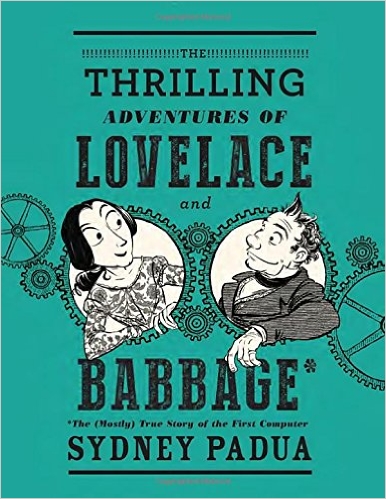
Killing and Dying, Adrian Tomine
A young woman falls in love with an abusive drug-dealer at an AA meeting; another has to live with the fact that she resembles a porn star and sadly, is not interesting enough in bed.
A man shuns the life of a gardener to embrace that of an artist; an older man gets into a relationship with a fellow addict he meets at an AA meeting.
Aiming to be a stand-up comedian, a 14-year-old girl stutters her way through her fears and a family far from her drifts apart and slowly crumbles down.
Six incredible stories by Adrian Tomine come together in Killing and Dying to make a comic book that is not too far from perfection… Such is Tomine’s incredible ability to capture human emotions in all its fragility.
In this collection of stories, Tomine serves us a slice of life that is all too real. Over the years, many, many creators have strived to prove that their graphic novels are nothing short of literary masterpieces. And over the years, many have succeeded too. But perhaps no one has been able to do it as effortlessly as Tomine.
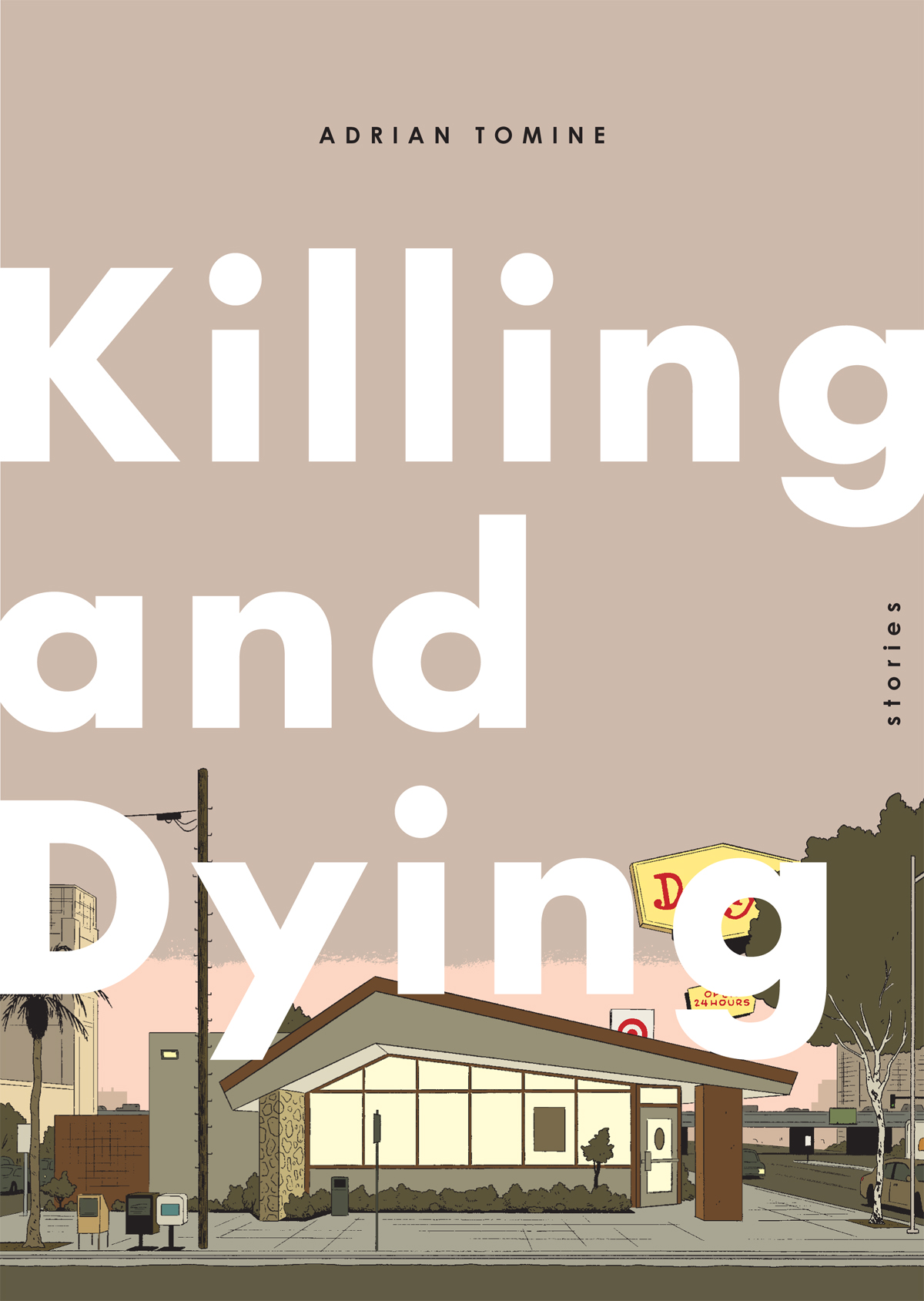
An Entity Observes All Things, Box Brown
Evidently inspired by the bizarre and the surreal, Box Brown’s anthology of science fiction comics is 152 pages of sheer delight. With Brown’s trademark geometric art and love for solid colours creating memorable snapshots of alien worlds, the stories appeal to aesthetics as well as emotions.
Even though dystopian undercurrents flow through the narratives, the stories are set in a time that obviously resembles the present. And characters face obstacles that are universally relatable – like social anxiety, internet addiction, religion, frustration with work and melancholy. However, one must not expect all of the stories to be deep and meaningful. After all, it is in this book that one encounters the search for the flesh of a god ancient and mighty in order to whip up the perfect waffle topping.
Hilarious at times and tragic at others, this book seemingly tries to make the reader realise the beauty of personal peace amidst chaos. With stories about lonely aliens, alien abduction, enormous robots, and analyses of radical games that border on the ludicrous, Brown depicts a labyrinth of emotions in all its absurdity.

Unflattening, Nick Sousanis
With critics crowning it as quite the experiment in visual thinking, Nick Sousanis’ Unflattening is an exploration of psychology, art theory, radicalism as well as comics – quite a celebration of oddities. With the title being inspired by Flatlands, an allegorical fantasy primarily about a square whose world is restricted to merely two dimensions, this graphic narrative breaks away from the “flatness” of perceived viewpoints and introduces to us the thought that words and images combine to evoke new thoughts and ideas in our minds.
Created as a graduation dissertation, Sousanis’ graphic novel incorporates thoughts, theories, myths and allegories to create a stunning piece of art… and also literature. This book reinstates the fact that words are not merely enough. After all, you do need images to expand your cognitive horizon as well as the construction of thoughts.
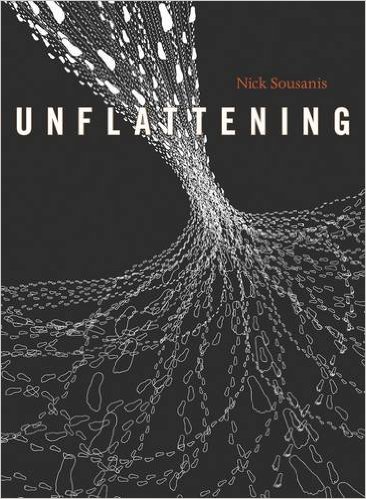
Fante Bukowski, Noah Van Sciver
Inspired by John Fante and Charles Bukowski, our not-so-lovable protagonist’s journey to self-discovery begins when he quits his job at his father's law firm. Believing that he is largely misunderstood by the masses who aren’t intelligent enough for his genius, Fante shares his life with the ordinary, but believes himself to be far, far superior to them.
As wannabe writer, he serenades bottles in a world he feels is unfair in rejecting him. As he downs the dregs, one after the other, Noah Van Sciver’s story reveals that though this man tries to create a world of wonder with his words, he is actually rather talentless. But in a mind hazed by alcohol and cheap choices, Fante’s quest for the ultimate idea never comes to a halt.
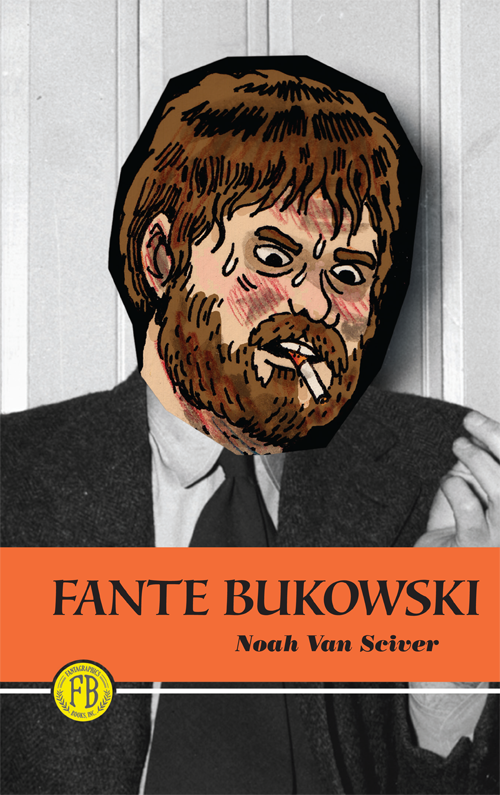
The Sculptor, Scott McCloud
A grand journey of almost 500 pages, this is Scott McCloud’s first work of fiction in almost two decades, The Sculptor introduces us to young David Smith. “Discovered” by a collector while still a student, Smith soon realises that it really does not take much for life to fall to pieces. No longer able to take advantage of his youth or his tragic background as a sales ploy for himself, he literally hits rock bottom. But that isn’t the end of the road for our protagonist.
After encountering Death in the form of his deceased granduncle, Harry, he strikes a bargain. Art in exchange for his life. Left with only 200 days to live, this chance encounter endows him with the magical ability to shape anything with his bare hands and turn them into works of art. Sealed by the kiss of an angel from the skies, thus begins the Faustian adventure of the self-absorbed young David. With a love story blooming out of the debris of David’s crumbling life soon after, fantasy laces this slice of life story, toying with emotions and narration before finally slipping into the skin of a superhero tale.
While every comic fan is aware that McCloud is no artistic genius, it is also well-known that his knowledge about making comics is phenomenal. Since he is the author of the trilogy Understanding Comics, Reinventing Comics and Making Comics, it isn’t surprising that McCloud’s treatment of the Sculptor is close to perfect – with both words and images being in sync with each other to create an incredible world.
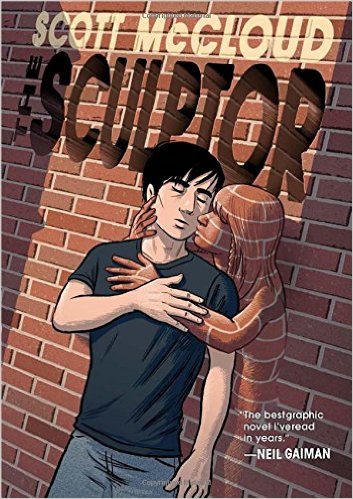
Baba Yaga’s Assistant, Marika McCoola and Emily Carroll
After her mother’s death, young Masha was brought up by her grandmother and her tales fantastical and magical. But when she passes away, Masha is horribly lonely, and when her father starts a relationship with a woman with a very bratty daughter, she is heartbroken. But she soon finds hope in a classified ad.
Placed by the legendary Baba Yaga, this ad hopes to find a suitable assistant. As Masha makes her way through a deep, dark forest in search of a house on chicken legs, you realise that unlike other girls her age, she is not scared of anything that lurks there. As Masha spends time with Baba Yaga, she realises that some of the not-so-nice stories about her are indeed true. But this teenager is not one to give up hope. After all, her grandmother had taught her quite a bit about the beauty of magic and the power of stories.
Over the years, the legend of Baba Yaga has been written and rewritten over and over again. With a story that has travelled through so many generations, it is legit to shrug this book off as yet another story inspired by the myths. But McCoola and Carroll’s rendition is really wonderful. It is witty, emotional and beautifully illustrated. And as you flip through the pages, you realise one very important thing – not all “happily ever afters” are sealed with a kiss from Prince Charming.
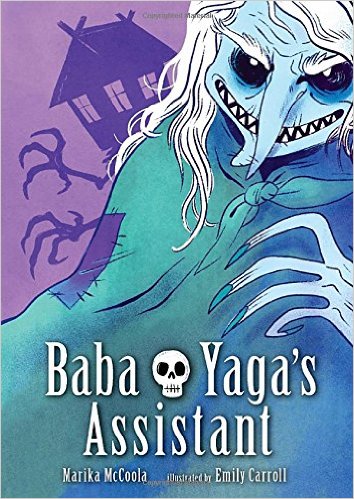
Descender, Jeff Lemire and Dustin Nguyen
After nine planets in the Galactic Council are attacked by moon-sized robots, the Harvesters, chaos and tragedy mark the lives in a time far from ours. With fear creeping into everyone’s hearts, and space pirates on the prowl, a very strong repulsion to robots of any sort is but obvious. Artificial Intelligence is criminalised without a question. And at the heart of this dystopian world is Tim 21 and his robot dog Bandit. A duo so well-conceived that even the most heartless manage to fall in love with him in a very, very short span of time.
Between the covers, Lemire and Nguyen manage to create a world that is nuanced – for the reader as well as the characters living through the pages. Watching this space opera unfold is quite an experience. Having said that, it is quite difficult to not think of the Mass Effect game while reading this book. But what Mass Effect does in hundreds and hundreds of gameplay hours, Descender manages in just its first volume.
Such is the power of a well-made comic book. In a realm where it is more than easy to overpower one with the other, striking such a fine balance is remarkable. This is storytelling at its best – a read that does not allow the reader to even dare to imagine the world otherwise.
